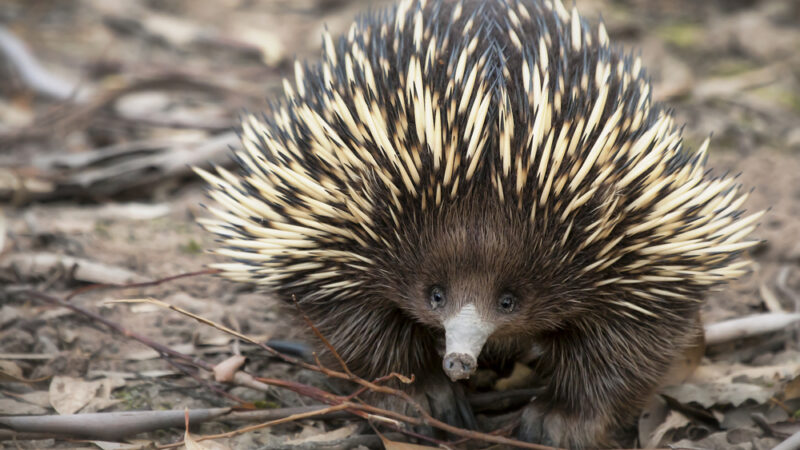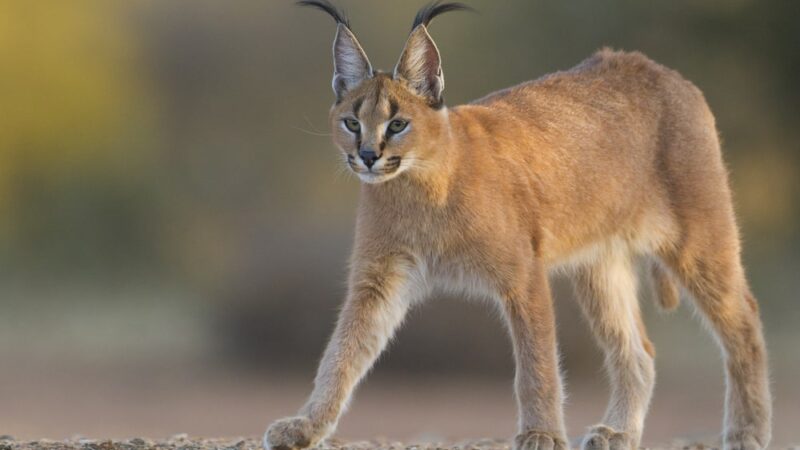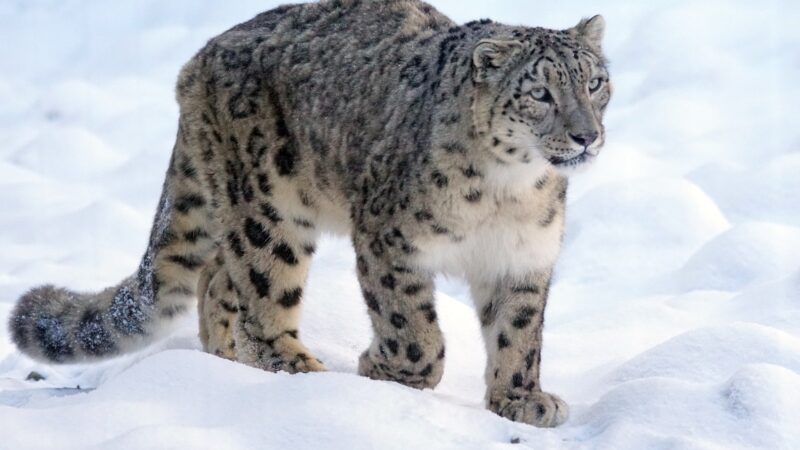Lions vs Tigers
Shelter for Animal | Lions vs Tigers | Tigers are often found alone, hunting and patrolling their territories. So, what do you think which one is the best big wild cat? Lion or the tiger? Today, we are gonna take a very closer look at two of these fantastic wild creatures. We will compare their strengths & weaknesses. Let’s start..!
Lions Habitat & Range
The habitat of lions is as diverse as it is captivating, as these majestic big cats are primarily found in various regions across the continent of Africa. Lions exhibit a remarkable adaptability to a range of ecosystems, from the savannas and grasslands of East Africa to the woodlands and scrublands of southern Africa. These versatile creatures have even been known to inhabit semi-arid regions, showcasing their ability to thrive in environments with fluctuating water availability.
One of the notable aspects of lion behavior is their social structure, characterized by the formation of prides. The territorial nature of lions is essential for maintaining access to resources and ensuring the survival of their progeny. Distribution-wise, lions were historically widespread across much of Africa, from the southern tip to the northern reaches of the continent.
Unlike the relatively uniform distribution of lions across Africa, tigers are found in a diverse array of habitats throughout Asia. Tigers the big cats are known to the inhabit several various ecosystem which include dense forests, grasslands, mangrove swamps, and even the cold taiga of Siberia. The adaptability of tigers to such a wide range of environments is a testament to their resilience and ability to thrive in diverse landscapes.
Lions Size & Appearance Comparison
The comparison of lions and tigers reveals intriguing differences in size and physical characteristics. Adult male lions, often recognized as the kings of the animal kingdom, stand out for their impressive stature. Weighing up to 570 pounds (260 kg), these formidable creatures are significantly larger and heavier than their female counterparts. On the other hand, male tigers, particularly the Siberian tiger subspecies, claim the title of the heaviest big cats in the world.
Weighing close to 700 pounds (320 kg), male tigers surpass not only their female counterparts in size but also every other wildcat species in the world. Beyond the sheer physical dimensions, the draw of lions and tigers is further heightened by their distinct and captivating physical characteristics. Lions possess retractable claws, a characteristic shared by all members of the cat family. Lion claws are sharp, curved, and relatively blunt at the tips, designed for gripping and tearing into flesh.
The front claws are especially formidable, as they play a vital role in bringing down and immobilizing prey. Lions are classified as carnivores, and their dentition reflects their meat-based diet. They have sharp, conical incisors for gripping and cutting meat, as well as powerful canine teeth for delivering fatal bites to prey. Lions also have strong premolars and molars at the back of their jaws, which are used for shearing and crushing bones.
They have a bite force of almost 1000 PSI.
Tigers Appearance
Tigers, like lions, possess retractable claws, and their claws are formidable tools for hunting and climbing. Tigers use their claws to secure a hold on their quarry, especially during the critical moment of the pounce. They also have a powerful and well-muscled jaw, designed to deliver a lethal bite to their prey. Their dentition is similar to that of lions, with sharp incisors and canines for gripping and tearing meat. Tigers are known for their exceptional bite force, which is crucial for subduing and dispatching large prey.
The structure of their jaw, combined with the strength of their neck muscles, allows tigers to deliver powerful and precise bites. The bite force of a tiger is estimated to be 1,050 psi! Overall, in terms of size and appearance, we have to say that the tiger is both bigger and utilizes its appearance more effectively. Hunting Techniques Lions, renowned for their sociable nature and complex group dynamics, have perfected the art of cooperative hunting.
This collaborative approach is especially beneficial when tackling larger prey. In the vast grasslands of Africa, lions often embark on coordinated hunts to bring down formidable targets like wildebeests, zebras, and buffaloes. Working together, they employ strategic positioning and teamwork to outflank and encircle their prey. This coordinated effort is not only a testament to the intelligence and communication skills within the pride but also a practical strategy for overcoming the speed and strength of their quarry.
Once the prey is cornered, the powerful male lions, with their strength and imposing presence, move in to deliver the decisive blows. The combined efforts of the pride ensure a successful hunt and the spoils are then shared among the members. In contrast to the communal hunting approach of lions, tigers are solitary hunters who rely on stealth and ambush tactics to secure their meals. Tigers are known for their exceptional ability to blend into their surroundings, aided by their distinctive striped fur, allowing them to become nearly invisible in the dappled light and shadows of their habitats.
Tigers hunting
Tigers are patient and opportunistic predators. They meticulously stalk their prey, often moving silently through the underbrush or using available cover to remain unseen until the last critical moment. When the opportune moment arrives, tigers unleash their powerful bursts of speed, pouncing on their unsuspecting prey with remarkable precision and force. They usually target the prey’s neck or spine to immobilize the prey.
Additionally, the solitude of the hunt minimizes competition for food and reduces the chances of injury during the pursuit or capture. Tigers commonly target ungulates such as deer and wild boar, and their ambush tactics are effective against a variety of prey sizes. After a successful hunt, tigers often drag their kill to a secluded spot where they can feed undisturbed. This solitary approach to hunting not only aligns with the elusive nature of tigers but also underscores their self-sufficiency in the wild.
Battle of the wildcats
It’s time for each of these wildcats to test out their weapons on each other in a fight. Let me set the stage. The sun casts shadows through the dense foliage of the jungle as the lion and the tiger size each other up, their powerful frames prepared for a showdown. The tiger, known for its massive size and stealthy demeanor, crouches low to the ground, stripes blending with the underbrush. The lion emits a low rumble, a declaration of its readiness for the impending conflict.
The battle starts with a fierce roar from the lion, reverberating through the wilderness. Birds living in the trees flee from the scene. The tiger responds with a guttural growl, signaling its own determination. The initial clash is a blur of fur and power as the lion charges, attempting to use its sheer strength and incredible instincts.
The tiger, agile and evasive, relies on its stealth, sidestepping the lion’s advances. In the dance of power and precision, the tiger’s strategic agility proves pivotal. It maneuvers with accuracy, exploiting the lion’s size and momentarily landing powerful strikes with its sharp claws. The lion, however, showcases resilience and experience, using its mane as a shield against the tiger’s claws. It’s wounded, but it won’t go down without a fight.
Lions vs Tigers
After another blood-curdling roar from the lion which startles the tiger’s offense, it’s time for the lion to show the tiger what it’s made of. The lion swipes at the tiger using its paws with a force of 1,400 pounds (635 kilograms). This dazes the tiger, but it’s taken harder blows before. As the confrontation intensifies, it becomes evident that the tiger’s solitary hunting tactics and adaptability to diverse terrains give it the upper hand in this encounter.
With a final, well-timed leap, the tiger delivers a decisive blow to the lion’s side, forcing it to retreat and live to fight another day. The tiger, while also fatigued, stands victorious in this clash of titans. The lion, acknowledging its defeat, leaves the tiger to claim its dominion over the wild expanse. It seems that a new king of the jungle has been crowned.
Reference: YouTube













